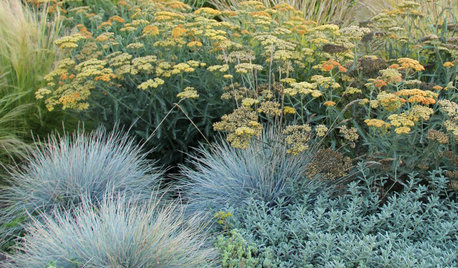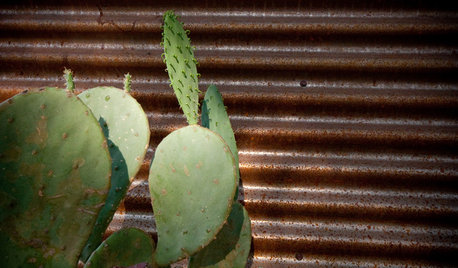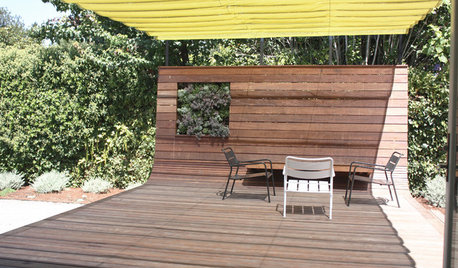What Plants Talk About
spedigrees z4VT
9 years ago
Related Stories

LANDSCAPE DESIGNTexture Talk: 4 Foliage Types for Distinctive Gardens
Contrast these leaf textures for plants that stand out and a landscape that draws you in
Full Story
DECORATING GUIDESExpert Talk: Designers Open Up About Closet Doors
Closet doors are often an afterthought, but these pros show how they can enrich a home's interior design
Full Story
GARDENING GUIDESNew Ways to Think About All That Mulch in the Garden
Before you go making a mountain out of a mulch hill, learn the facts about what your plants and soil really want
Full Story
KITCHEN DESIGNExpert Talk: 12 Ways to Get a Designer-Kitchen Look
Professional designer Ines Hanl reveals her thought processes on select kitchen remodels
Full Story
LIFEIf You Could Talk to Your House, What Would You Say?
‘Pull yourself together’ or ‘thank you for transforming my life’? Notes to homes around the country hit us where we live
Full Story
TASTEMAKERSShop Talk: Peek in on Brandon Morrison's Lamp-Making Process
Get an up-close and personal view of a Los Angeles lighting designer as he crafts one of his artful table lamps
Full Story
ECLECTIC STYLEDesign Talk: Eclectic vs. Collected
12 Ways To Master the Mix-and-Match Style
Full Story
REMODELING GUIDESExterior Materials: Texture Talk
Consider the visual and tactile feel of your house's cladding along with its practical uses for maximum exterior appeal
Full Story
DECKSA Family-Friendly California Yard Wises Up About Water
Pavers and unthirsty plants replace Kentucky bluegrass in a Menlo Park landscape for a family of 4
Full StoryMore Discussions








moliep
corunum z6 CT
Related Professionals
Otsego Landscape Architects & Landscape Designers · Canton Landscape Contractors · Ellensburg Landscape Contractors · La Mirada Landscape Contractors · Lake Saint Louis Landscape Contractors · Palos Hills Landscape Contractors · Quartz Hill Landscape Contractors · Ansonia Landscape Contractors · Centreville Decks, Patios & Outdoor Enclosures · Coatesville Decks, Patios & Outdoor Enclosures · Kearns Decks, Patios & Outdoor Enclosures · Lincoln Decks, Patios & Outdoor Enclosures · Randallstown Decks, Patios & Outdoor Enclosures · Statesville Decks, Patios & Outdoor Enclosures · Westfield Decks, Patios & Outdoor EnclosuresVicissitudezz
corunum z6 CT
moliep
claireplymouth z6b coastal MA
spedigrees z4VTOriginal Author
spedigrees z4VTOriginal Author
diggingthedirt
Persimmons